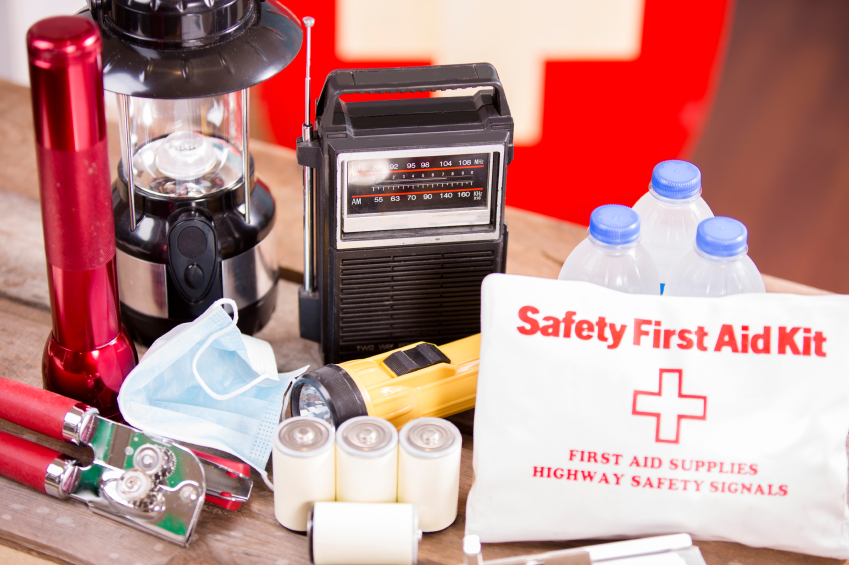US Homeland Security
30 Tips for Emergency Preparedness(external link) - Simple steps you and your family can take to become better prepared for an emergency.

Preparedness Tip #12
You should keep enough supplies in your home to meet the needs of you and your family for at least three days. Build an emergency supply kit to take with you in an evacuation. The basics to stock in your portable kit include: water, food, battery-powered radio and flashlight with extra batteries, first aid supplies, change of clothing, blanket or sleeping bag, wrench or pliers, whistle, dust mask, plastic sheeting and duct tape, trash bags, map, a manual can opener for canned food and special items for infants, elderly, the sick or people with disabilities. Keep these items in an easy to carry container such as a covered trash container, a large backpack, or a duffle bag.
Western State's emergency agencies
For information and links for advice during an emergency or disaster see below for some of the Western State's emergency agencies (all links are external):
- Alaska Division of Homeland Security & Emergency Management(external link)
- Arizona Department of Homeland Security(external link)
- California Governor's Office of Emergency Services(external link)
- Colorado Division of Homeland Security & Emergency Management(external link)
- Hawaii Emergency Management Agency(external link)
- Idaho Office of Emergency Management(external link)
- Montana Disaster & Emergency Services(external link)
- Nevada Division of Emergency Management - Homeland Security(external link)
- New Mexico Department of Homeland Security and Emergency Management(external link)
- Oregon Office of Emergency Management(external link)
- Utah Department of Public Safety(external link)
- Washington Emergency Management Division(external link)
- Wyoming Office of Homeland Security(external link)
- FEMA State Offices and Agencies of Emergency Management Index(external link)

